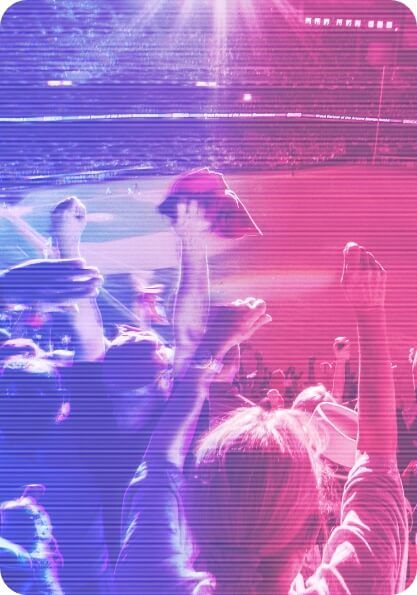The Sentinel Report is one of Globant’s initiatives to help our clients stay relevant through the observation of market trends, insights, and industry behavior from all over the world.
Creating memories is now your brand
The smell of a hot dog. The roar of the crowd. Your parents telling stories of bygone games from bygone years. The taste of a chocolate cookie made by your grandparents. These are the memories that stay with us for lifetimes. Whether it’s at a baseball stadium watching the Dodgers, or enjoying a Ben and Jerry’s ice cream in the sun, these memories create joy and happiness.
"A trophy carries dust.
Memories last forever."
Mary Lou Retton, US Olympic gymnast


But it’s not just sporting events. A fast-food company organizing a conference for employees. Mercedes Benz offering a factory tour when purchasing a car. Healthcare clinics making it easier and less stressful to arrange an appointment with a physician
These experiences all become memories – whether positive or negative. And increasingly they are blurring the physical and the digital. Physical and digital events and gatherings have become an integral part of organizations’ brands and how they interact with people.
The memory is now your brand
The physical spaces and venues of today have largely failed to keep up with the major improvements and developments of digital experiences. One of the best examples of this is how NFL fans at home can enjoy an interactive experience, with statistics, and of course, the well-known yellow first-down line. Fans in the stadium are not so lucky – perhaps at most enjoying being able to watch an action-replay on a large screen after waiting 30 minutes in line to order some food. There’s a discrepancy between the powerful digital experiences that every company has been working on creating, and the more traditional physical locations.
59% of sports fans would rather watch games on TV than be at the stadium.
According to Forrester’s survey of 90,000 consumers, only 20% of brand experiences are rated “good” — with the wide majority ranked as “OK,” “poor,” or “very poor.”
This is now ripe to change. It’s time to reinvent these digital and physical moments, to create something even more powerful.
